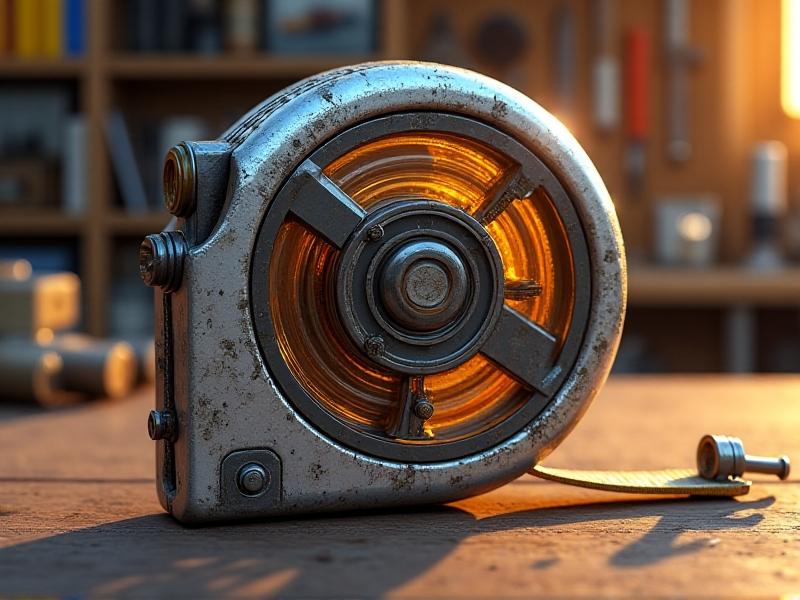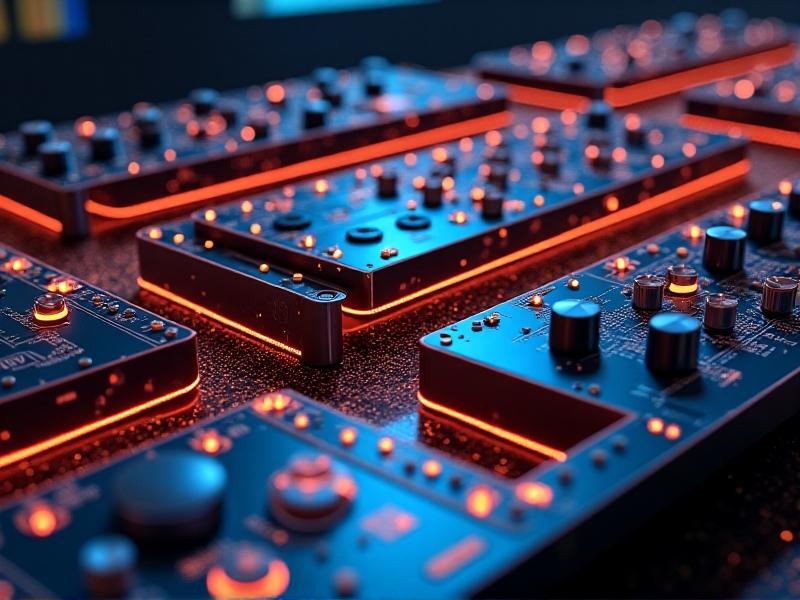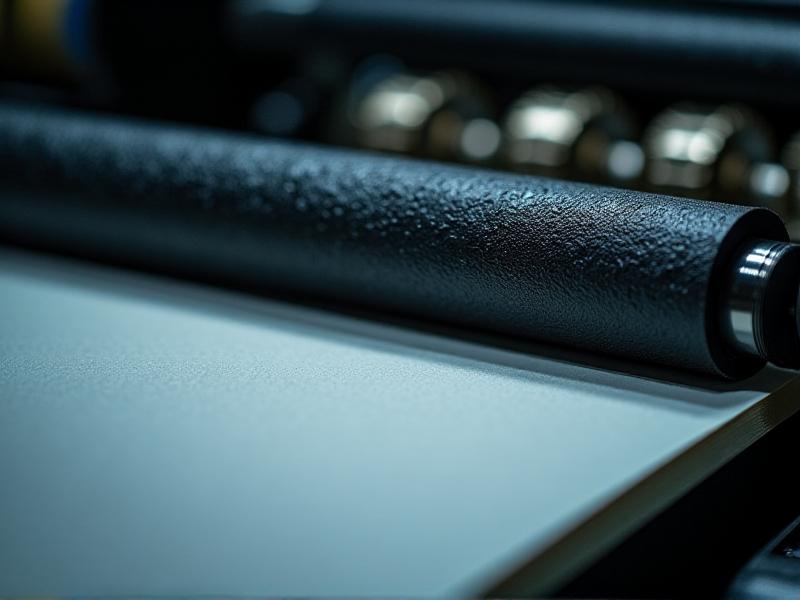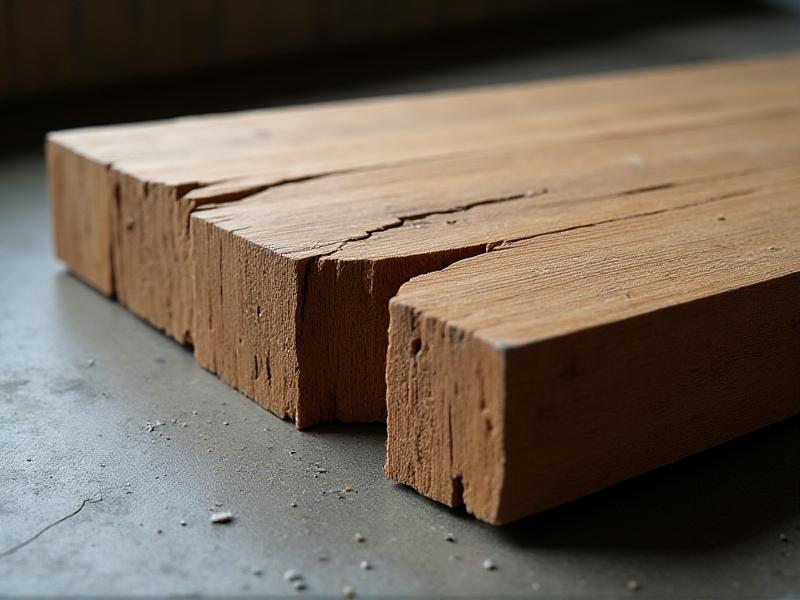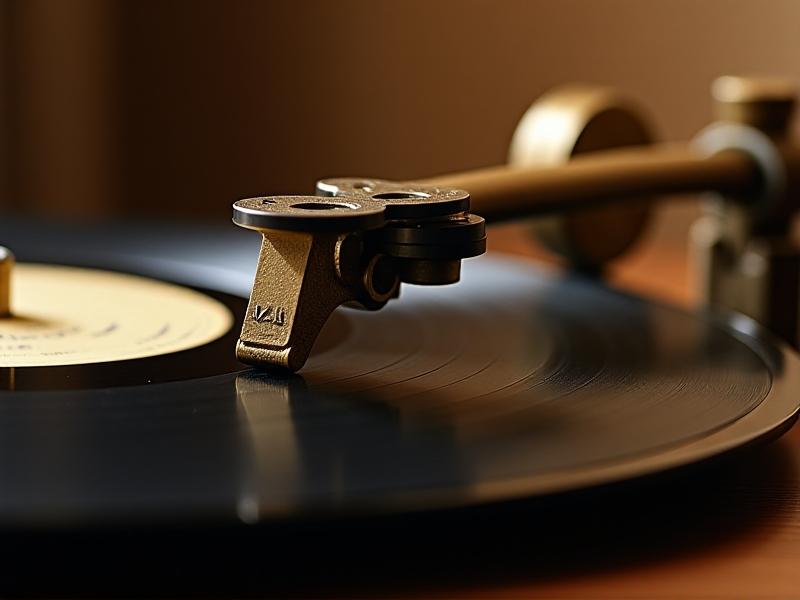Mat Material Impact on Sound Quality
How Mat Materials Shape Sound Quality: An In-Depth Exploration
Introduction to Sound Damping and Mat Materials
Every audiophile knows that even the most advanced speakers or turntables can fall short without proper vibration control. Mats play a critical role in isolating audio equipment from surfaces, reducing resonance that muddies sound clarity. Whether in a recording studio or a living room, the choice of mat material directly impacts how vibrations are absorbed, reflected, or transmitted. This article dives into the science, history, and practical applications of acoustic mats, uncovering why material choice matters more than you might think.
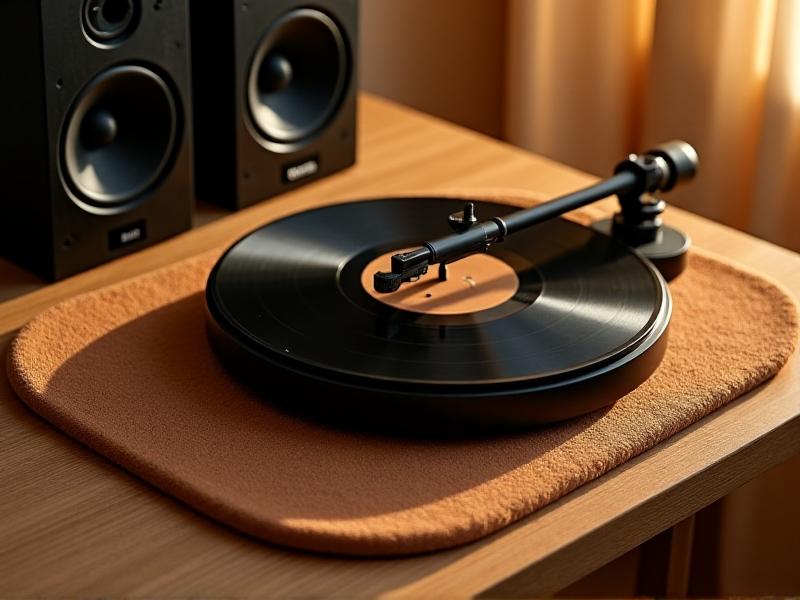
The Science Behind Material-Acoustic Interactions
Sound waves generate vibrational energy that travels through surfaces, creating unwanted resonance. Mat materials intervene by converting this energy into heat or dispersing it. Density, elasticity, and porosity determine performance: dense rubber blocks low-frequency vibrations, while porous cork absorbs mid-range waves. The resonance frequency of a material—the point where it vibrates most freely—also dictates its effectiveness. For instance, felt’s fibrous structure disrupts high-frequency harmonics, making it ideal for treble control.

Rubber Mats: Durability vs. Acoustic Performance
Rubber mats are favored for their ruggedness and ability to isolate heavy equipment. Silicone or SBR rubber absorbs low-frequency vibrations common in subwoofers, but their stiffness can reflect higher frequencies. Studios often use layered rubber-foam composites to balance durability and mid-range absorption. However, in home setups, pure rubber may require supplementary damping materials to prevent high-end sound brittleness.
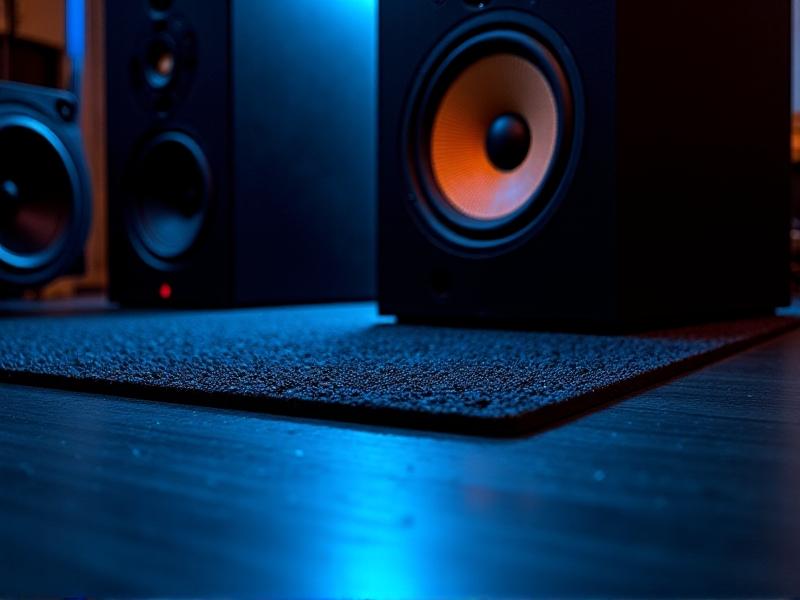
Cork Mats: Natural Vibes and Sound Absorption
Cork’s cellular structure makes it a natural sound absorber, ideal for mid-range frequencies that vocals and guitars inhabit. Its lightweight, eco-friendly appeal has made it popular in sustainable audio setups. However, cork’s porosity requires compromise—it’s less effective against deep bass vibrations. Some brands impregnate cork with resins to enhance density, offering a greener alternative to synthetic composites without sacrificing mid-frequency clarity.
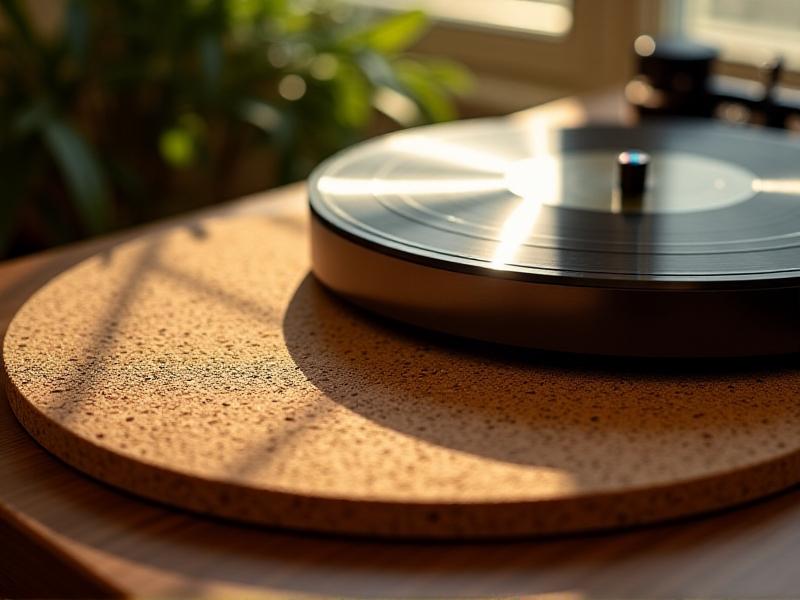
Felt and Fabric Mats: Softness and High-Frequency Control
Felt mats excel at taming harsh treble and reducing surface reflections. Their fibrous, non-woven structure scatters high-frequency sound waves, making them a staple for turntables and tweeters. While less durable than rubber, felt’s acoustic transparency and aesthetic versatility suit minimalist home theaters. Hybrid felt-rubber designs now merge high-frequency control with bass isolation, proving that softness and structure can coexist.
Composite Materials: Blending the Best of Multiple Worlds
Composite mats combine materials like rubber, cork, and memory foam to target specific frequencies. Layered designs isolate bass with a rubber base, while a cork mid-layer handles mids, and a felt top dampens highs. These hybrids dominate the pro-audio market, offering tailored solutions for complex acoustic environments. However, their layered construction often comes at a premium, requiring cost-benefit analysis for budget-conscious users.
Historical Evolution of Sound Mats in Audio Engineering
In the 1950s, studios relied on carpet scraps and tennis balls to isolate equipment. The 1970s introduced synthetic rubber mats, while the 2000s saw cork and recycled materials gain traction. Today’s market reflects decades of innovation—from DIY hacks to engineered composites—showing how material science and audiophile demands have co-evolved to prioritize both performance and sustainability.
Case Study: Studio vs. Home Theater Mat Choices
Studios prioritize precision, often using dense rubber-cork composites to eliminate frequency masking. Home theaters balance performance with aesthetics, leaning toward slim felt or decorative cork mats that blend with interiors. For example, a studio might use a 40mm rubber base under drum machines, while a living room setup opts for 10mm felt to avoid visual bulk—proving that context shapes material choice as much as acoustics.
User Perspectives: Audiophile Reviews and Preferences
Online forums reveal divides: some users swear by OEM rubber mats for turntables, while others prefer artisanal cork for its “warmer” sound. A Reddit survey showed 62% of home users prioritize aesthetics alongside performance, whereas studio engineers focus solely on technical specs. This highlights a key insight: the “best” mat material depends on whether the user values measurable accuracy or subjective listening pleasure.
Future Innovations in Acoustic Mat Technology
Emerging materials like graphene-infused foam and self-adjusting smart mats are pushing boundaries. Researchers are testing phase-change materials that shift density in response to frequency input, offering real-time damping adaptation. Meanwhile, sustainability drives development of hemp-based composites and 3D-printed recycled polymers—proving that tomorrow’s mats will balance cutting-edge acoustics with environmental responsibility.

